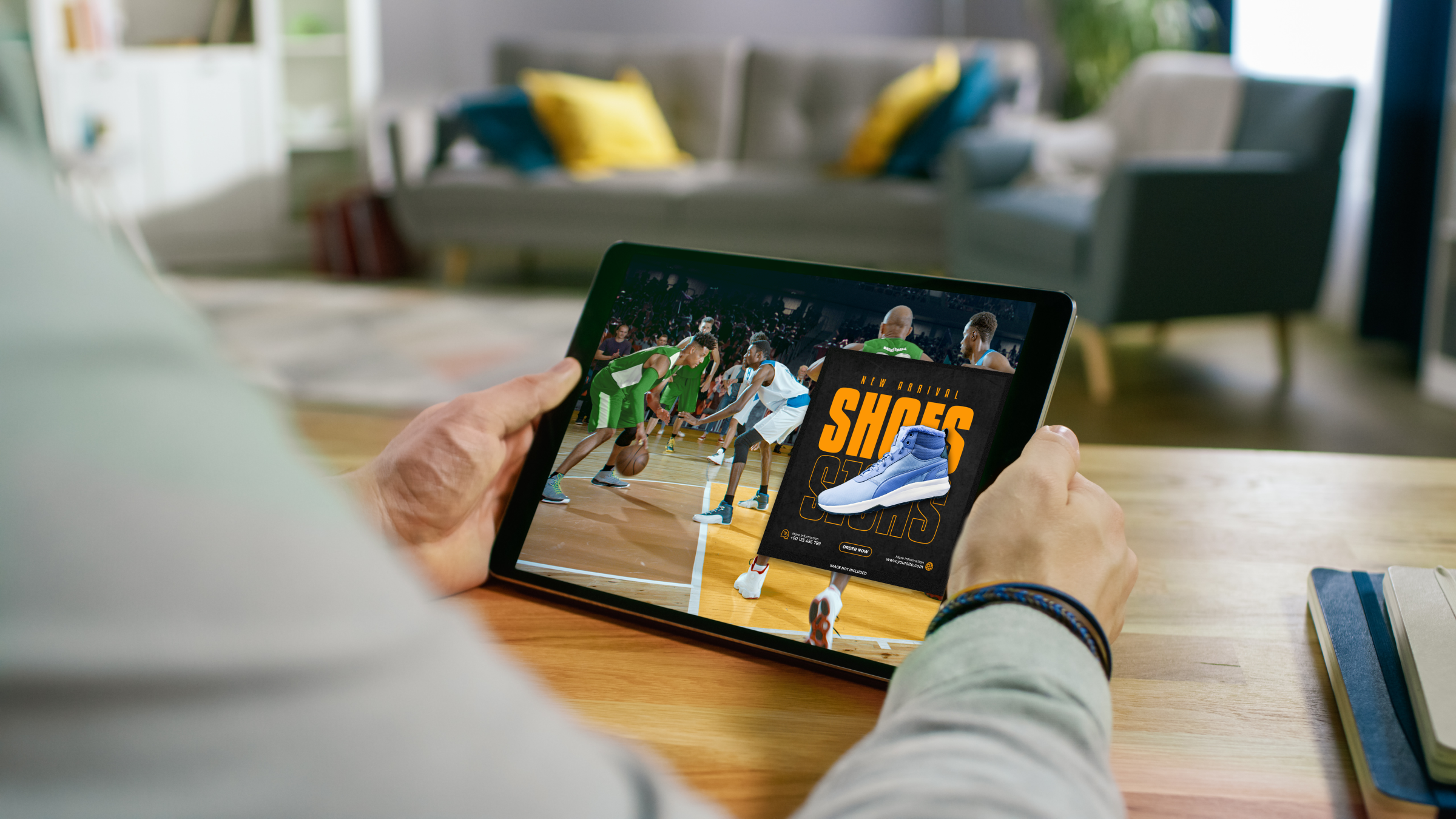QoE, Scalability, and Monetization are Key to Surviving the Competitive Streaming Landscape
Audiences have extremely high expectations for exceptional-quality, low-latency, interactive streaming experiences

Streaming has become a dominant force in the media industry. Every year, more and more video streaming services are launched. By 2030, the streaming industry is expected to be worth $416.84 billion, according to Grand View Research.
The rise In video streaming services opens up new opportunities for video service providers, but there are also unique challenges. This article will look at the key challenges that streaming service providers face today in order to remain competitive, retain subscribers, and ultimately future-proof their services to ensure success. In addition, the article will highlight what technologies and solutions are taking streaming to new heights.
Video Streaming Challenges
Video service providers are dealing with several crucial challenges in the streaming environment. A significant issue is scalability. Scaling streaming services for high volumes of consumers on the fly is difficult, especially for live events. There have been multiple instances in the news lately where major streaming players have failed at delivering live events at scale. Service providers must be able to handle sudden spikes in viewer traffic in real time.
Another issue is latency, or the time between real-time action for live video and the video displaying on the subscriber’s screen. Latency is a challenge for live content, as well as the delivery of personalized ads. Any type of noticeable delay between a live video stream or ad and the broadcast results can reduce the quality of experience (QoE) and impact viewer satisfaction.
In addition, monetizing streaming content is tricky but necessary. The streaming industry is moving toward delivering individually targeted ads to viewers for a few reasons. Streaming fragmentation and subscription fatigue, in particular, have created an increase in ad-supported and free ad services. Many of today’s ad-based streaming services now offer premium content, enabling them to compete with subscription-based offerings. By delivering targeted ads, service providers can increase their monetization and viewer engagement.
Based on an IAB report, digital video advertising spend increased 21% in 2022 to $47.1 billion and is projected to rise an additional 17% to $55.2 billion in 2023. Audience targeting capabilities was cited as the top reason why buyers are increasing CTV spend. Unfortunately, the targeted ad ecosystem is complex, there’s a lack of knowledge by most service providers about how to effectively deliver targeted advertising at scale.
Strategies for Video Streaming Success
Competition is fierce in the streaming market. To keep viewers satisfied and drive monetization, video service providers need solutions that will enable real-time scaling, low-latency streaming, and targeted ad delivery, ensuring an outstanding quality of experience, even during periods of peak demand.
The professional video industry's #1 source for news, trends and product and tech information. Sign up below.
Cloud-based video streaming platforms have proven time and again that they are the key to success, providing service providers with the agility to scale and advanced technologies that elevate the streaming experience. The elasticity of the cloud enables service providers to scale their streaming services up and down, as needed. Service providers only pay for what they need, since cloud-based streaming platforms are based on a pay-as-you-grow business model.
Whether used for live or on-demand streaming applications, the cloud is incredibly robust.
By embracing a streaming platform that supports geo-redundancy, multi-cloud, and multi-CDN, video service providers can ensure higher availability and uninterrupted streaming experiences.
Geo-redundancy refers to relying on data centers across multiple geographic locations. With a multi-cloud approach, service providers decrease the risk of outages. If one cloud goes down, their streaming service is automatically backed up by another cloud provider. Cloud-based streaming platforms that support multiple CDNs enable video service providers to decide the best delivery path for viewers, optimizing QoE and costs.
Choosing a streaming platform that supports innovative technologies like cloud, content-aware encoding, and the CMAF standard is critical for delivering latency as low as five to six seconds (i.e., about the same end-to-end latency as a live broadcast).
To ensure the least disruptive ad experience possible for viewers and boost monetization, targeted ad delivery is a must. Server-side ad insertion (SSAI) is the key enabling technology for addressable advertising. Using an SSAI SaaS that is fully cloud-based, service providers can deliver targeted addressable advertising to an unlimited number of viewers, tapping into the multi-billion dollars of projected ad spend.
There is no shortage of challenges in the video streaming environment. Streaming video is complex, the market is ultra-competitive, and audiences have extremely high expectations for exceptional-quality, low-latency, interactive streaming experiences.
Rob Gambino is Head of Advertising and Personalization Strategy at Harmonic .

